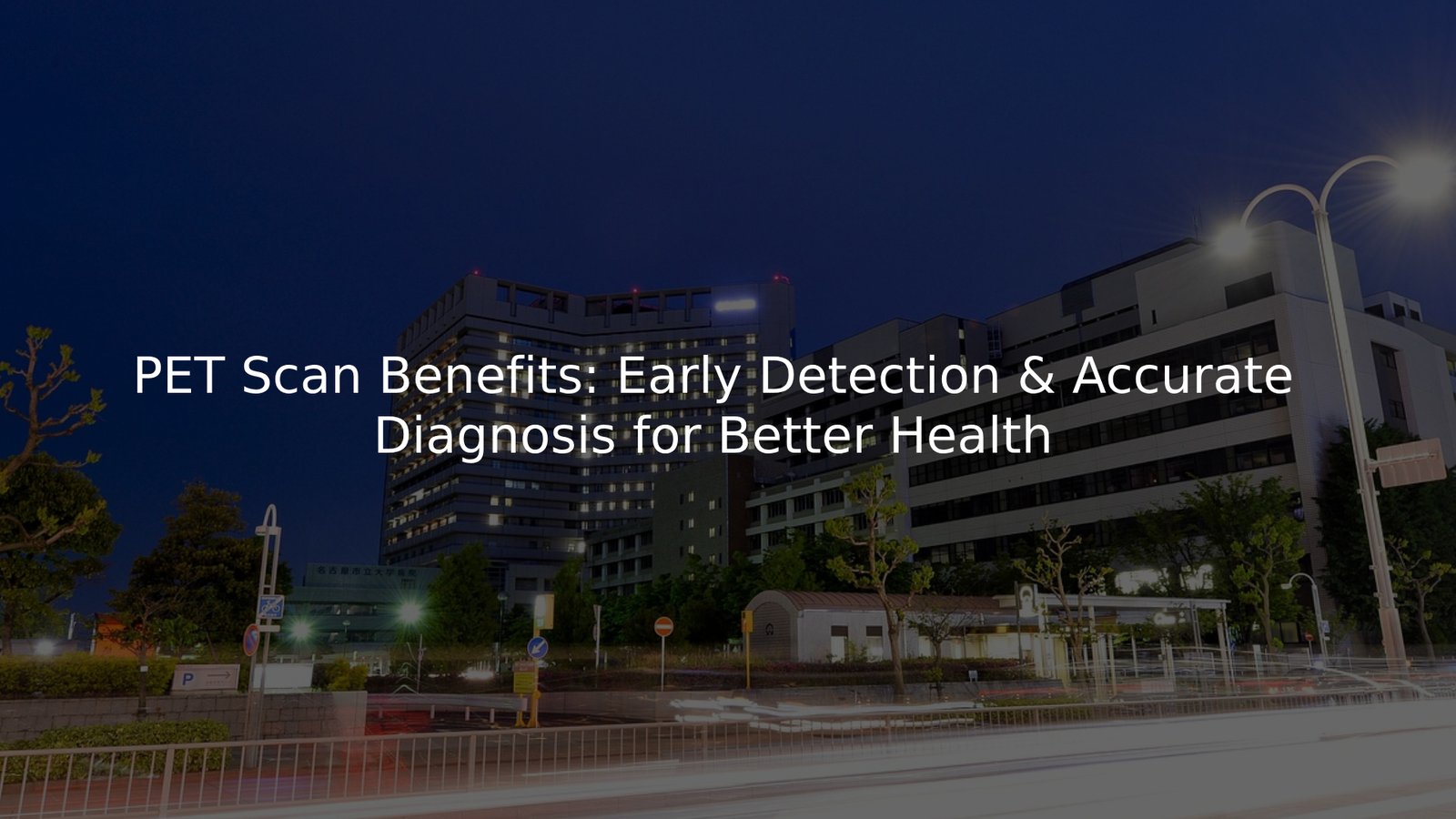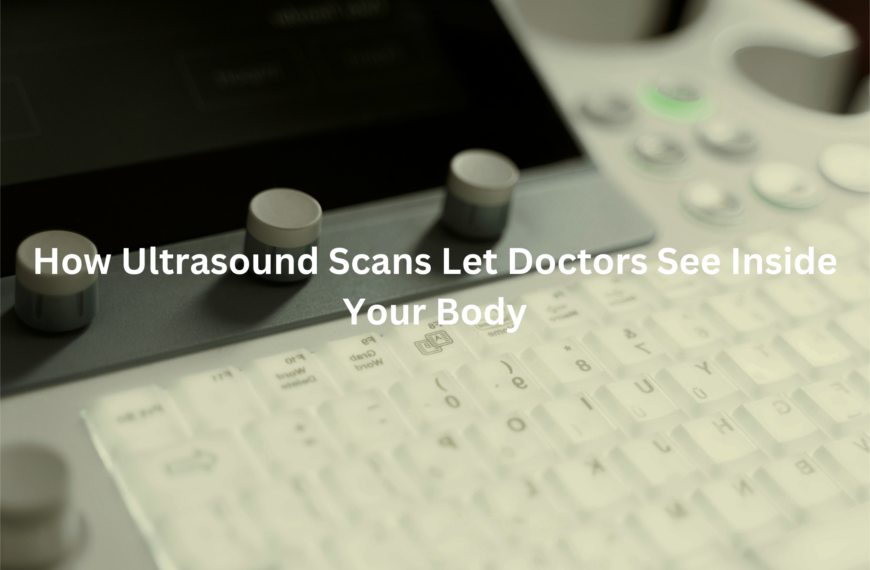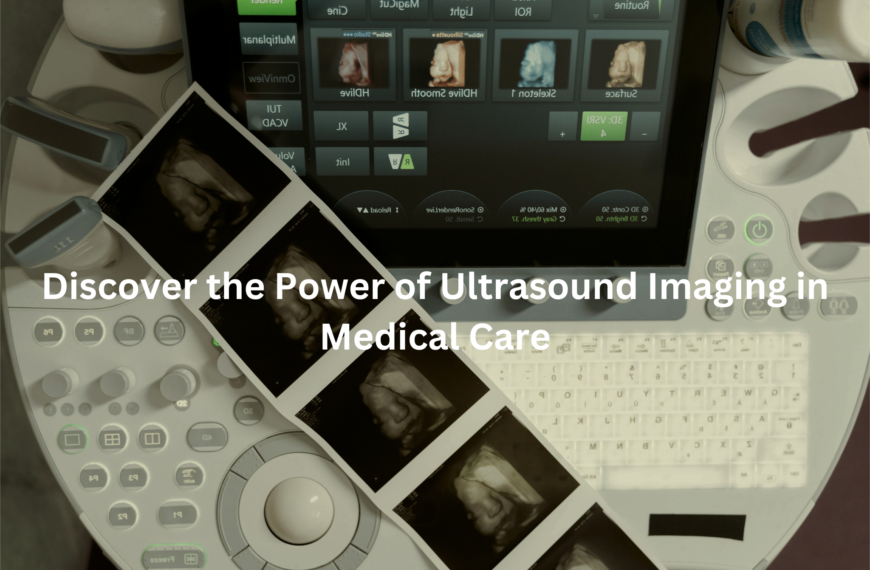Learn how PET scans enable early disease detection and precise diagnoses to improve health outcomes.
PET scans are transforming healthcare by enabling early detection and precise monitoring of various conditions. These scans, which focus on metabolic activity, are essential for diagnosing cancers, heart disease, and neurological disorders. By identifying issues at their earliest stages, PET scans help healthcare professionals make informed decisions that lead to better treatment outcomes.
Key Takeaway
- Early Detection: PET scans identify metabolic changes, allowing for the early identification of diseases.
- Accurate Diagnosis: They offer detailed images that assist in diagnosing cancer, heart disease, and neurological conditions.
- Treatment Monitoring: PET scans track the effectiveness of treatments, supporting ongoing care and management decisions.
Key Benefits of PET Scans
Early Disease Detection
One of the main benefits of PET scans is their ability to detect diseases early. These scans highlight changes in metabolism that may occur before structural changes are visible. This early detection is crucial for better treatment outcomes. (1)
- Detects diseases before structural changes appear.
- Improves treatment effectiveness and long-term prognosis.
Cancer Diagnosis and Monitoring
PET scans are vital in cancer care, offering more than just diagnosis. They detect high metabolic activity, helping confirm if a tumour is malignant, accurately stage cancer, and track treatment progress. After treatment, PET scans are also effective in detecting recurrence by identifying abnormal metabolic patterns.
- Confirms malignancy and stages cancer spread.
- Monitors treatment progress and detects recurrence.
Cardiac and Neurological Assessments
While cancer often takes the spotlight, PET scans are also crucial in cardiology and neurology. In heart health, they assess blood flow and oxygen use, aiding in the diagnosis of coronary artery disease and other heart conditions. In neurology, PET scans evaluate brain activity, helping diagnose Alzheimer’s, Parkinson’s, and epilepsy. (2)
- Assesses heart function and diagnoses cardiovascular issues.
- Diagnoses neurological disorders by tracking brain activity.
How PET Scans Work
PET scans work by using a radioactive tracer injected into the bloodstream, which binds to cells in the body. The tracer collects in areas with high metabolic activity, such as cancer cells, brain, or heart tissue. The scanner detects the radiation from the tracer, producing detailed images of these active areas.
- Tracer injected into the bloodstream targets active areas.
- Scanner detects radiation to create detailed images of metabolic activity.
PET-CT and PET-MRI Scans
While PET scans are essential, combining them with other imaging technologies like CT or MRI scans can provide even more detailed insights. PET-CT scans merge the anatomical detail of CT with the metabolic data from PET, giving a complete view of both structure and function. PET-MRI scans, particularly useful for soft tissue imaging, offer greater precision, especially for brain scans.
- PET-CT scans combine structure and metabolic function.
- PET-MRI scans enhance soft tissue imaging, especially in the brain.
Safety and Minimal Radiation Exposure
PET scans are generally safe, with low radiation doses compared to CT scans. The radioactive tracers used are quickly eliminated from the body, usually within a few hours, and side effects are rare. Strict guidelines are followed to ensure patient safety, and the procedure is non-invasive, avoiding risks associated with surgery.
- PET scans use low radiation and are quickly eliminated.
- The procedure is non-invasive, ensuring patient safety with minimal risk.
Patient Comfort During PET Scans
Credits: ANSTO
PET scans are generally well-tolerated, with minimal discomfort for most patients. The procedure is non-invasive and takes 30 to 45 minutes. Before the scan, patients may need to fast, stay hydrated, and avoid strenuous activity. Mild sedatives are available for those feeling anxious, ensuring a smooth and accurate procedure.
- Minimal discomfort with non-invasive procedure.
- Preparation includes fasting, hydration, and optional sedatives for comfort.
Who Should Get a PET Scan?
Cancer Patients
PET scans are essential for cancer patients, aiding in disease staging, monitoring tumour response to treatment, and detecting recurrence. Whether it’s lung, breast, or metastatic cancer, PET scans provide real-time insights into the progress of the disease.
- Helps stage the disease and track treatment response.
- Valuable for detecting recurrence in various cancers.
Cardiovascular Patients
For individuals with heart disease, PET scans are a valuable tool for assessing heart function. For example, those with coronary artery disease can gain insights into blood flow and oxygen levels in the heart, guiding cardiologists in choosing the best treatment, whether medication, lifestyle changes, or surgery.
- Helps assess heart function and blood flow.
- Guides cardiologists in selecting the right treatment options.
Neurological Patients
PET scans are valuable in diagnosing neurological disorders like Alzheimer’s and epilepsy. For Alzheimer’s, PET scans detect early changes in brain metabolism, aiding early diagnosis. In epilepsy, they help pinpoint the origin of seizures in the brain, providing essential information for effective treatment planning.
- Detects early metabolic changes in Alzheimer’s disease.
- Identifies seizure origins in the brain for epilepsy treatment.
PET Scan vs Other Imaging Tests
CT and MRI
PET scans offer unique advantages over CT and MRI scans by focusing on metabolic activity and function, rather than just structure. This enables PET scans to detect issues, like small tumours, before they appear on structural scans. Sometimes, PET scans are combined with CT or MRI for a more complete view of both structure and function.
- Detects issues early through metabolic activity, not just structure.
- Combines with CT or MRI for a more comprehensive diagnosis.
Radiation Risks and Management
While PET scans involve some radiation, the exposure is low compared to other methods like CT scans, which use higher radiation doses. PET scan guidelines are designed to minimise risks, ensuring the lowest radiation dose possible for each patient. This makes PET scans a safe and effective tool for early disease detection and monitoring.
- Radiation exposure is low compared to CT scans.
- Guidelines minimise risks, ensuring patient safety during scans.
Emerging Trends in PET Scanning
Total-Body PET Imaging
One of the latest innovations in PET scanning is total-body PET imaging. This technology can scan the entire body in minutes, significantly improving early disease detection, particularly for cancer. With this advancement, it’s possible to detect issues earlier, leading to better treatment outcomes and more comprehensive monitoring.
- Total-body PET scans the entire body in minutes.
- Enables earlier detection and improved treatment outcomes.
Future Applications in Cancer and Disease Monitoring
Looking ahead, PET scans are set to have even more applications. Researchers are exploring their potential to track disease progression, especially in chronic conditions like cancer. This could transform how we manage care, offering real-time insights into how diseases progress and respond to treatment, ultimately leading to better patient outcomes.
- PET scans could track disease progression over time.
- May transform care management and improve patient outcomes.
Practical Advice
PET scans are a powerful diagnostic tool, providing early detection, precise monitoring, and effective treatment planning for various conditions. Whether it’s cancer, heart disease, or neurological disorders, PET scans offer valuable insights for guiding treatment. While the radiation risk is low and the procedure is non-invasive, following preparation guidelines is key to achieving the best results.
- PET scans offer early detection and treatment guidance.
- Follow preparation guidelines for the best results and health outcomes.
FAQ
What is Positron Emission Tomography (PET) and how does it work?
Positron Emission Tomography, or PET, is a type of nuclear medicine imaging that helps doctors see how the body functions. It uses a radioactive tracer, which is injected into the body to detect areas with higher metabolic activity, such as cancer cells. PET scans create detailed images, showing doctors the activity of organs and tissues, which helps with accurate diagnosis and monitoring various diseases.
How do PET scans help with detecting cancer?
PET scans are often used in cancer diagnosis, particularly in cancer staging. By detecting areas of high metabolic activity, PET scanners can identify cancer cells that may not show up in other imaging tests, such as CT imaging or magnetic resonance imaging (MRI). PET scanning helps doctors detect malignant lesions, monitor cancer treatment progress, and find residual disease.
Can PET scans be used for heart disease diagnosis?
Yes, PET scans are valuable in diagnosing heart disease, especially coronary artery disease. By evaluating blood flow and oxygen consumption in the heart, PET scans help doctors assess how well the heart is functioning. This information allows the medical team to determine the best treatment options, including radiation therapy or surgery, based on the specific condition of the patient.
How is PET scanning different from CT imaging or MRI?
PET scanning focuses on detecting body functions and metabolic activity, while imaging tests like CT imaging and MRI provide structural images of the body. PET-CT scans combine the benefits of both methods, allowing doctors to see detailed anatomical images alongside metabolic information. PET-MRI scans, on the other hand, provide high-quality soft tissue imaging, making them particularly useful for conditions affecting the brain.
Conclusion
IPET scans are an essential tool in modern medicine, offering early detection and accurate monitoring of conditions such as cancer, heart disease, and neurological disorders. By focusing on metabolic activity, they provide a clearer picture than traditional imaging methods.
With minimal radiation exposure and a non-invasive procedure, PET scans ensure patient comfort while delivering valuable insights. If you’re facing health concerns, discussing the option of a PET scan with your doctor could be a wise decision.
References
- https://www.betterhealth.vic.gov.au/health/conditionsandtreatments/pet-scan
- https://kiranpetct.com/top-5-benefits-of-getting-a-pet-ct-scan-for-early-detection/




